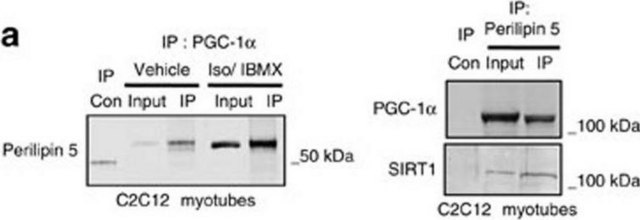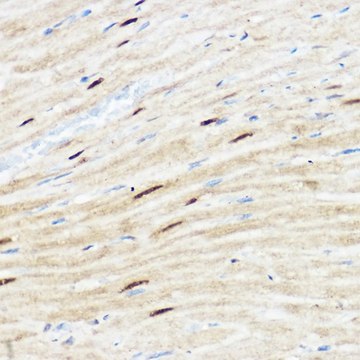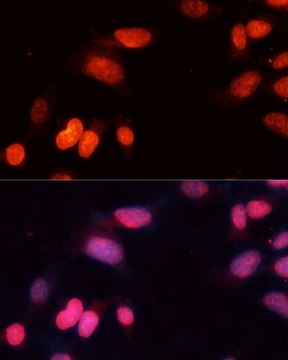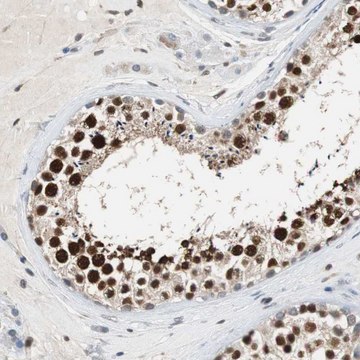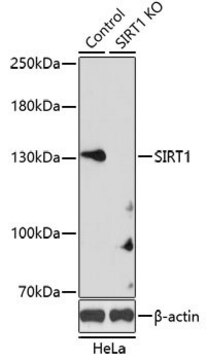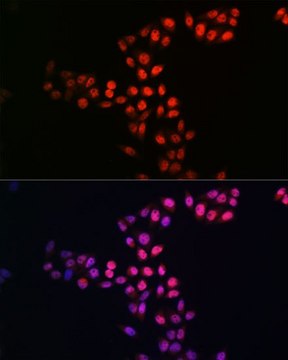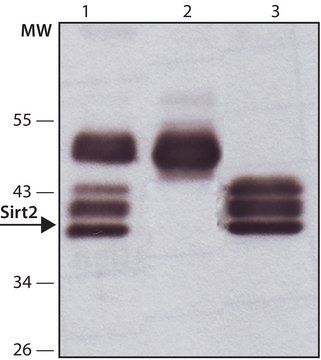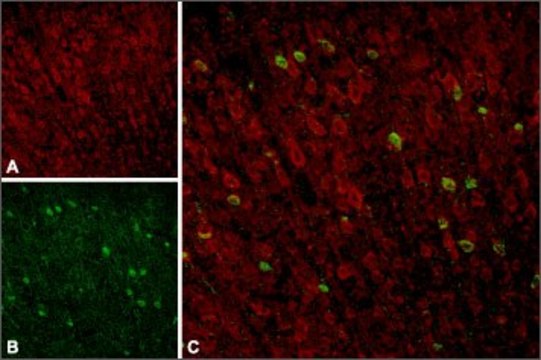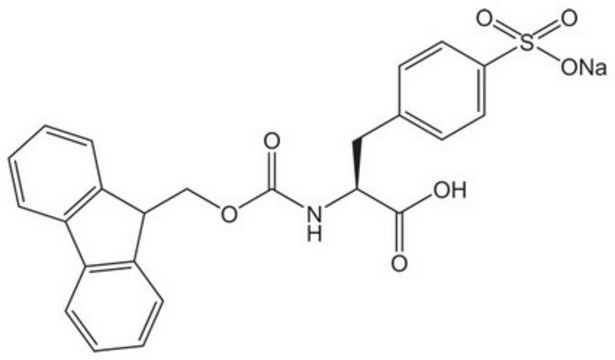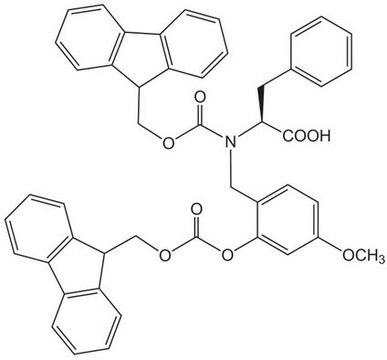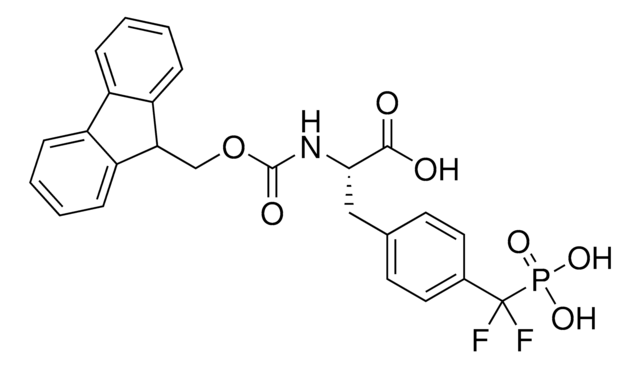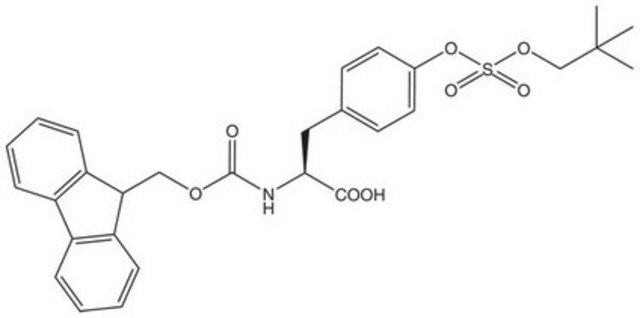S5447
Anti-SIRT1 antibody produced in rabbit
~1.0 mg/mL, affinity isolated antibody, buffered aqueous solution
Synonym(s):
Anti-S. cerevisiae, HOMOLOG-LIKE 1, Anti-SIR2, Anti-SIR2α, Anti-SIR2L1, Anti-Sirtuin 1
Select a Size
About This Item
Recommended Products
biological source
rabbit
Quality Level
conjugate
unconjugated
antibody form
affinity isolated antibody
antibody product type
primary antibodies
clone
polyclonal
form
buffered aqueous solution
mol wt
antigen ~120 kDa
species reactivity
human
concentration
~1.0 mg/mL
1 of 4
This Item | 852081 | 852288 | 852347 |
|---|---|---|---|
| form powder | form powder | form powder | form powder |
| functional group sulfonic acid | functional group Fmoc | functional group Fmoc | functional group sulfonic acid |
| product line Novabiochem® | product line Novabiochem® | product line Novabiochem® | product line Novabiochem® |
| storage temp. 15-25°C | storage temp. 2-8°C | storage temp. 2-8°C | storage temp. -10 to -25°C |
| Quality Level 200 | Quality Level 200 | Quality Level 200 | Quality Level 200 |
| reaction suitability reaction type: Fmoc solid-phase peptide synthesis | reaction suitability reaction type: Fmoc solid-phase peptide synthesis | reaction suitability reaction type: Fmoc solid-phase peptide synthesis | reaction suitability reaction type: Fmoc solid-phase peptide synthesis |
General description
Immunogen
Application
Biochem/physiol Actions
Physical form
Storage and Stability
Other Notes
Disclaimer
Not finding the right product?
Try our Product Selector Tool.
related product
Storage Class Code
10 - Combustible liquids
WGK
WGK 3
Flash Point(F)
Not applicable
Flash Point(C)
Not applicable
Personal Protective Equipment
Regulatory Information
Choose from one of the most recent versions:
Already Own This Product?
Find documentation for the products that you have recently purchased in the Document Library.
Our team of scientists has experience in all areas of research including Life Science, Material Science, Chemical Synthesis, Chromatography, Analytical and many others.
Contact Technical Service